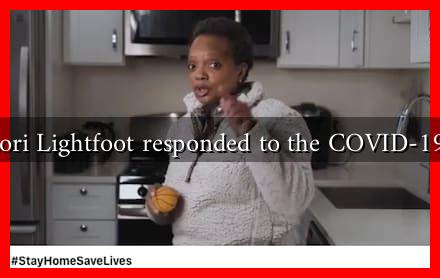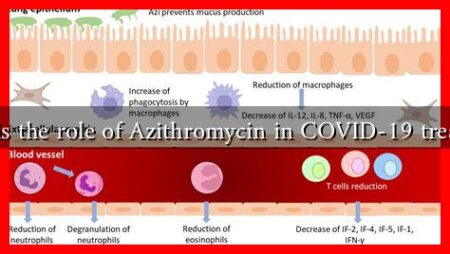-
Table of Contents
How Has Lori Lightfoot Responded to the COVID-19 Pandemic?
As the COVID-19 pandemic swept across the globe, city leaders were faced with unprecedented challenges. Lori Lightfoot, the Mayor of Chicago, emerged as a prominent figure in the city’s response to the crisis. Her leadership style, decisions, and policies have been pivotal in navigating the complexities of the pandemic. This article explores Lightfoot’s multifaceted response to COVID-19, highlighting her strategies, challenges, and the impact of her decisions on the city.
Initial Response and Public Health Measures
In March 2020, as COVID-19 cases began to rise in Chicago, Mayor Lightfoot took swift action to protect public health. Her administration implemented a series of measures aimed at curbing the spread of the virus:
- Stay-at-Home Orders: Lightfoot issued a stay-at-home order on March 21, 2020, aligning with state directives.
. This order was crucial in limiting non-essential activities and gatherings.
- Mask Mandates: As the pandemic progressed, Lightfoot mandated the wearing of masks in public spaces, emphasizing the importance of face coverings in reducing transmission.
- Testing and Vaccination Sites: The city established numerous testing and vaccination sites, making it easier for residents to access these critical services. By mid-2021, Chicago had administered over 1.5 million vaccine doses.
These early measures were essential in flattening the curve and preventing healthcare systems from becoming overwhelmed. According to data from the Chicago Department of Public Health, the city’s proactive approach helped to significantly reduce the rate of infection during the initial waves of the pandemic.
Community Engagement and Support Initiatives
Recognizing that the pandemic disproportionately affected marginalized communities, Lightfoot’s administration focused on community engagement and support initiatives. Some key efforts included:
- Equity in Vaccine Distribution: Lightfoot prioritized vaccine distribution in neighborhoods hardest hit by COVID-19, ensuring equitable access for all residents.
- Financial Assistance Programs: The city launched various financial assistance programs to support small businesses and individuals facing economic hardships due to the pandemic.
- Public Awareness Campaigns: Lightfoot’s administration implemented public awareness campaigns to educate residents about COVID-19 safety measures, testing, and vaccination.
These initiatives not only aimed to mitigate the immediate impacts of the pandemic but also sought to address long-standing inequities in healthcare access and economic opportunity.
Challenges and Criticism
Despite her proactive measures, Lightfoot faced significant challenges and criticism throughout the pandemic. Some of the notable issues included:
- Public Backlash: Some residents criticized the strict lockdown measures, arguing they were too harsh and detrimental to local businesses.
- Police Accountability: The pandemic highlighted issues of police accountability, particularly during protests against racial injustice. Lightfoot’s handling of these protests drew mixed reactions from the public.
- Vaccine Hesitancy: Overcoming vaccine hesitancy in certain communities proved challenging, necessitating targeted outreach efforts.
These challenges underscored the complexities of leading a diverse city during a public health crisis, where balancing public safety with economic vitality was a constant struggle.
Looking Ahead: Lessons Learned
As Chicago continues to navigate the ongoing impacts of COVID-19, Lightfoot’s response offers valuable lessons for future public health crises. Key takeaways include:
- Importance of Swift Action: Timely interventions can significantly alter the trajectory of a public health crisis.
- Equity Matters: Addressing health disparities is crucial in ensuring that all communities are protected during emergencies.
- Community Engagement: Involving residents in decision-making processes fosters trust and compliance with public health measures.
Conclusion
Lori Lightfoot’s response to the COVID-19 pandemic has been marked by decisive action, community engagement, and a focus on equity. While her administration faced significant challenges and criticism, the strategies implemented have laid a foundation for future public health responses. As cities worldwide continue to grapple with the effects of the pandemic, the lessons learned from Lightfoot’s leadership in Chicago will undoubtedly inform best practices moving forward.
For more information on Chicago’s COVID-19 response, visit the City of Chicago’s official COVID-19 website.




